
The Importance of Conservancies and Booking Directly
An informative post re the importance of conservancies and why booking locally is the way forward as opposed to supporting online booking agents like BookingCom.
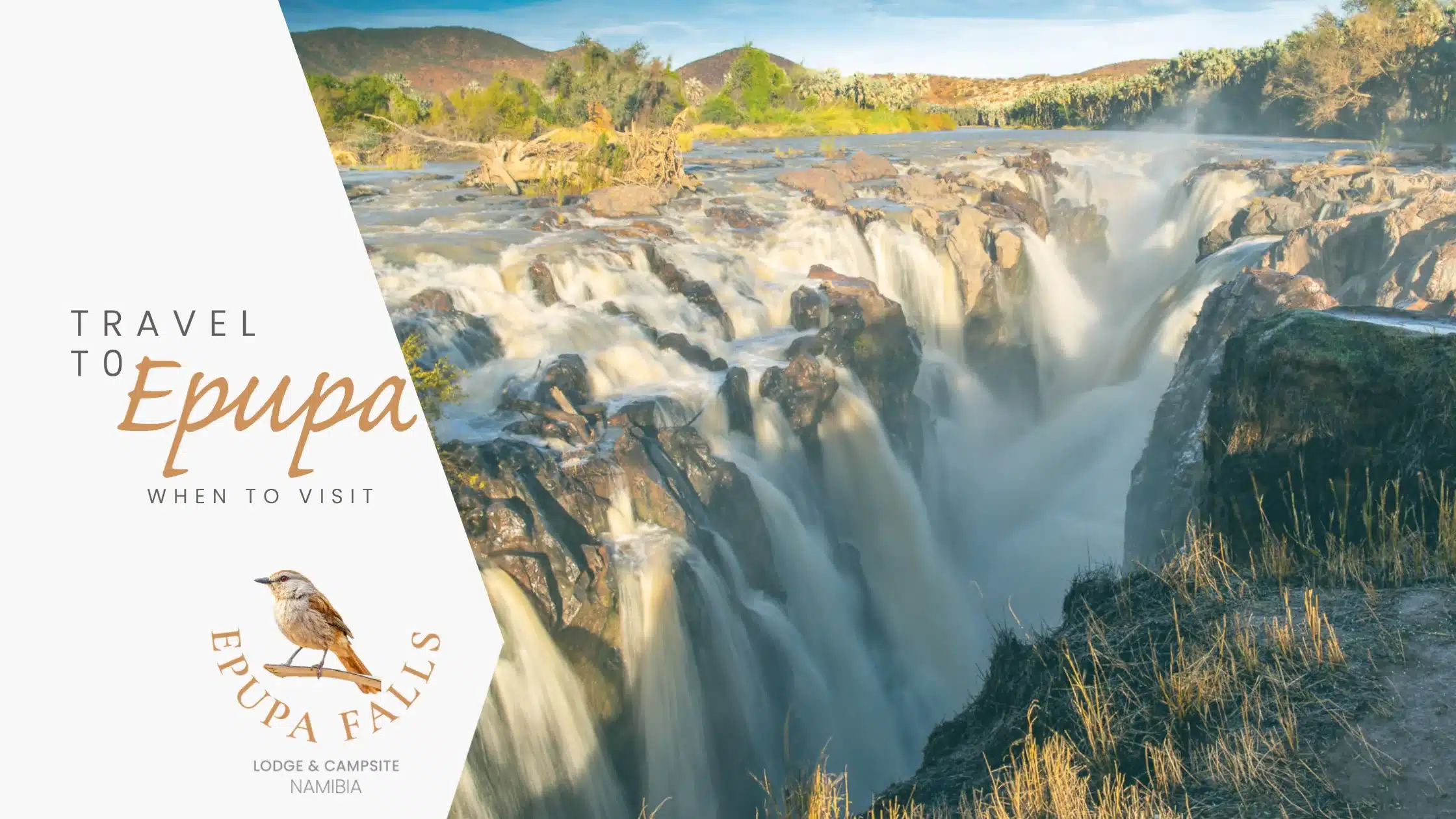
13 May 2023
The Kunene River basin is located in southwest Africa, Angola. The Kunene rises about 32km northeast of Huambo in Angola. The total length of the Kunene is 945 km. (The Kavango river which also originates in Angola has a length of 1600km and is the fourth longest river system in southern Africa). From Huambo the Kunene River flows southwards in a steep granite bed, but at Matala it falls 13 meters before entering the northern portion of the Kalahari Desert. The Matala Dam raises the river again by 8 meters, making it possible for hydroelectric generation.
After Matala, the river turns westwards towards Ruacana where it falls yet another 70 meters where it is again dammed for hydropower and irrigation. From here on, it forms the boundary between Angola and Namibia as it flows westwards towards the Atlantic Ocean. About 80 km west of Ruacana, the Kunene River enters its gorge tract through the Zebra and Baynes mountains. It is here that you will find the Epupa (Montenegro) Falls more than 30 meters high. After the falls, the Kunene meanders along through the Namib Desert until it reaches the Atlantic Ocean. During the dry season, the mouth is closed with a sand bar which creates a lagoon.
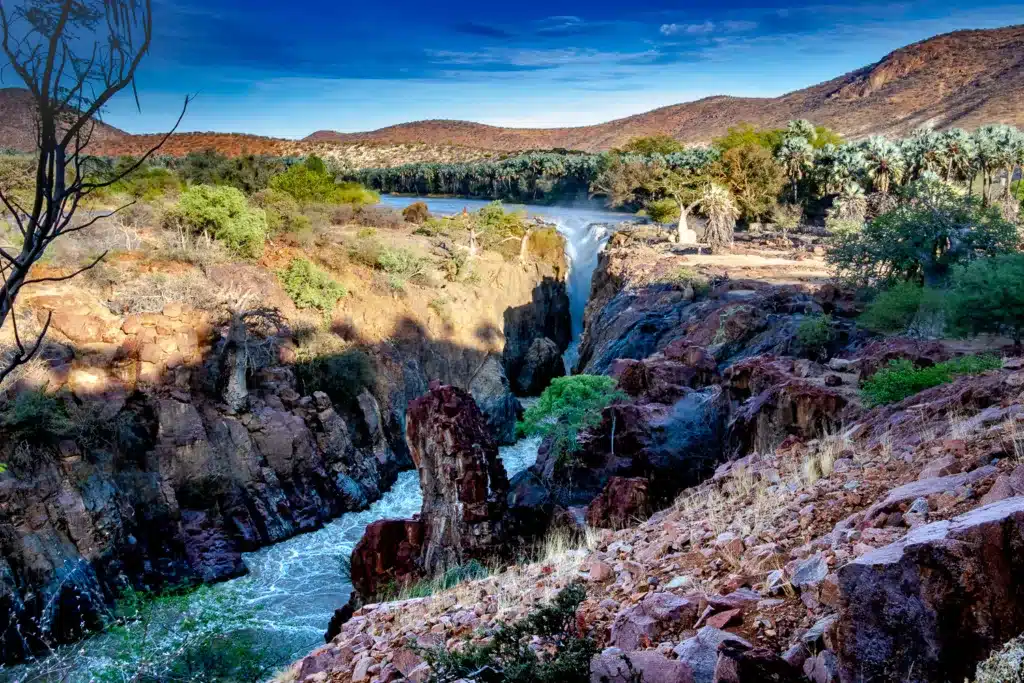
But let’s get back to the Kunene River at Epupa Falls and when it is a good time to visit Epupa Falls. Floods occur following heavy rains in the catchment area at Huambo in Angola. Considering that only 13% of the Kunene is in Namibia and that there are two dams en route, it is safe to assume that it will take a while before the big waters reach Namibia.
Since Angola also receive summer rains from November until April, the flood gates at Ruacana are often only opened around the end of March when the dams are all filled, and the waters reach the Calueque dam above Ruacana. This year, 2023, the opened gates caused minimal damage to the areas downstream as the outflow was regulated and never too much. The Epupa Falls came to life as the river filled all the falls as she rushed downstream towards the Atlantic Ocean. Serious floods occur when the opening of the gates coincides with heavy rainfall in the Angolan highlands.
It is thus difficult to predict when the falls will be full as we rely on information from the Angolan dams upstream and communication is often not optimal.
Epupa is located in an area known as the Kaokoveld. (Kaoko means “Place of silence”). The Kaokoveld is known for its rugged mountains, diverse wildlife and incredible sandscapes with distinctive grass plains. The area is also very dry and receives very little rain during the wet season from November to May. The D3700 which runs between Ruacana and Epupa along the Kunene River, are basically at the base of several mountain ranges, most notably the Zebra Mountains. When the area does receive rain, sometimes not even a lot, the run down from the mountains causes flash floods in the numerous small rivers that cross the D3700. The most notable of these rivers are the Ondoto River. It is during these flash floods that the roads are often impassable and closed until a grader has repaired the worst damage and then the road will be opened to 4×4 traffic until it is gradually worn down to allow all traffic.
The same is true for the C43 that runs from Opuwo to Epupa. Closer to Opuwo, the area receives more rain than towards Epupa which means the first part of the road will often be damaged but because it is close to Opuwo, it will also be repaired first and the road may be opened within 48 hours. On this road, like on the D3700, there are several rivers that cross the road. Here the one to note with great care is the river that crosses Okongwati. One of the few river crossings with a cement base, this river is also the widest and when in flood, it can take several hours before it is safe to cross.
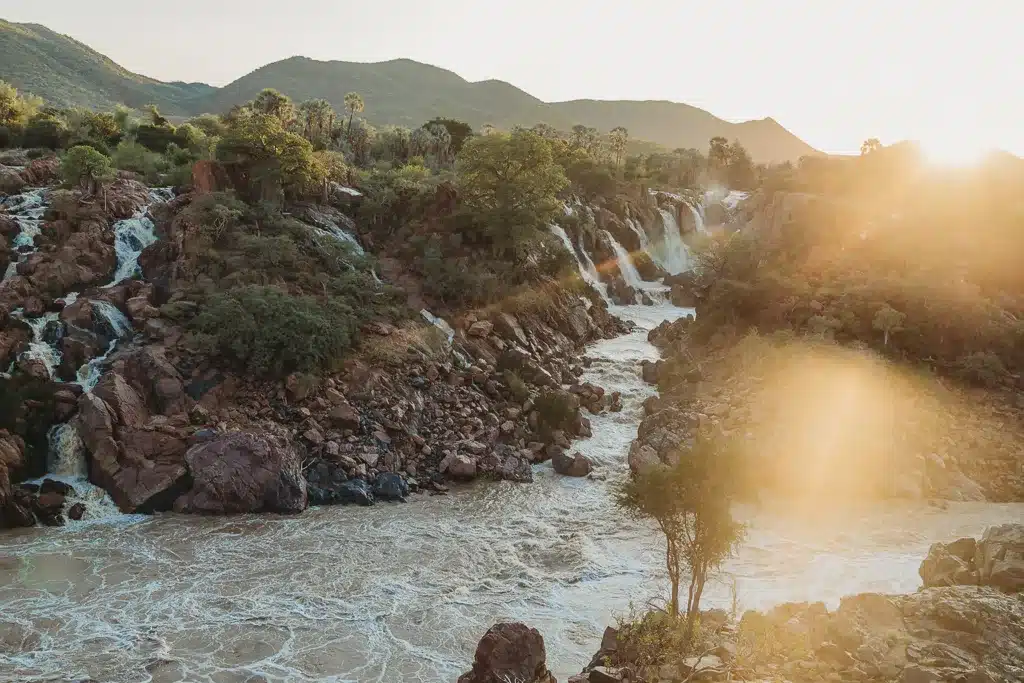
Most of these rivers that we have discussed and that you will cross en route to Epupa, will flow into the Kunene somewhere above Epupa toward Ruacana. This means, that if the area does receive a good shower or three in the mountains, the Kunene River is bound to become higher and lead to fuller falls. Although these waters are brown and often filled with dead trees and branches, it still makes for beautiful photos when it reaches the falls.
It is impossible to know when the Epupa Falls will be full or when the roads will be impassable. But our advice is this if you plan to travel between November and May; keep your eyes on our various social media outlets. We will keep you posted.
If you want to see the falls in full flood (when the gates are opened at Ruacana), keep an eye on the weather in Angola, make your calculations and keep your plans flexible.
From November to May, I would like to say yes. A 4×4 will give you that added advantage during the rainy season that a 2×4 will not give you. Even though roads may get closed to all traffic, it will only be for a day or two before the first 4x4s are given the green light.
For the rest of the year, I would highly recommend an SUV with high clearance or a 4×4 if your budget allows it. Many of the roads across Namibia are gravel roads and though a sedan vehicle can travel on most of them, your travel times will be considerably slower, your expenses on replacing tyres quite a bit higher and your companions may blame you for the worst planning ever.
Source: Britannica
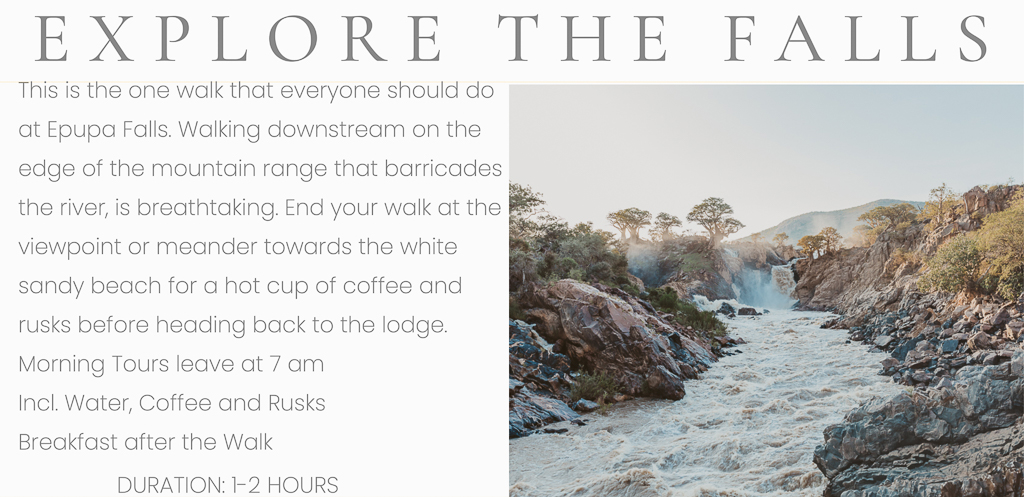

An informative post re the importance of conservancies and why booking locally is the way forward as opposed to supporting online booking agents like BookingCom.
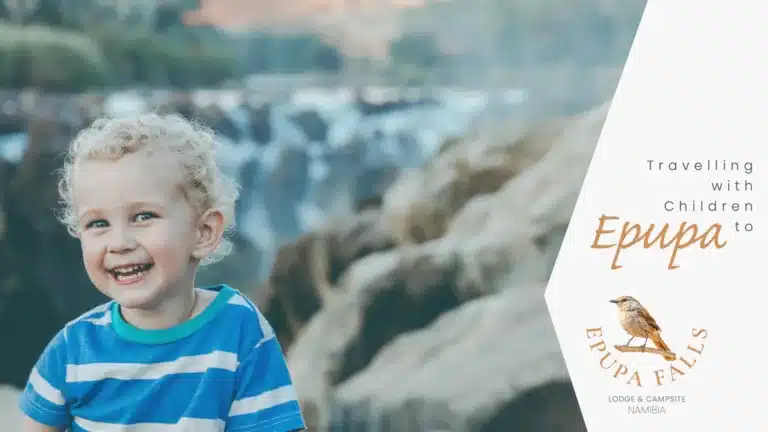
Travelling to Epupa with Children can be a rewarding and memorable experience for the whole family. Here are some tips and advice by Epupa Falls Lodge.
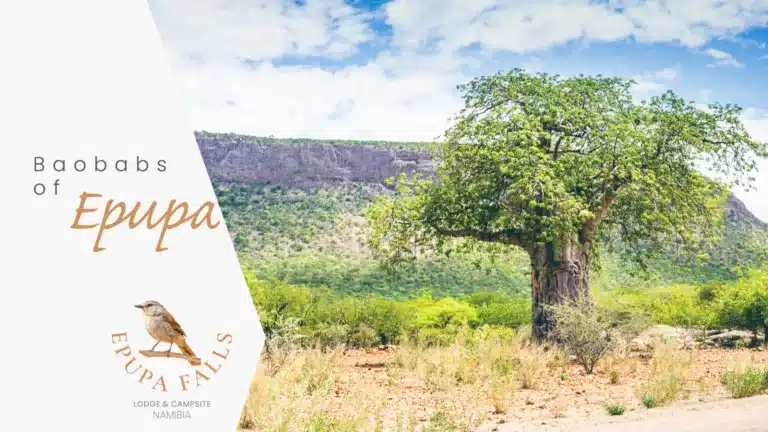
One of the many reasons to visit Epupa is the incredible variety of trees and plants. Today, we’ll only look at one – the majestic baobabs of Epupa.
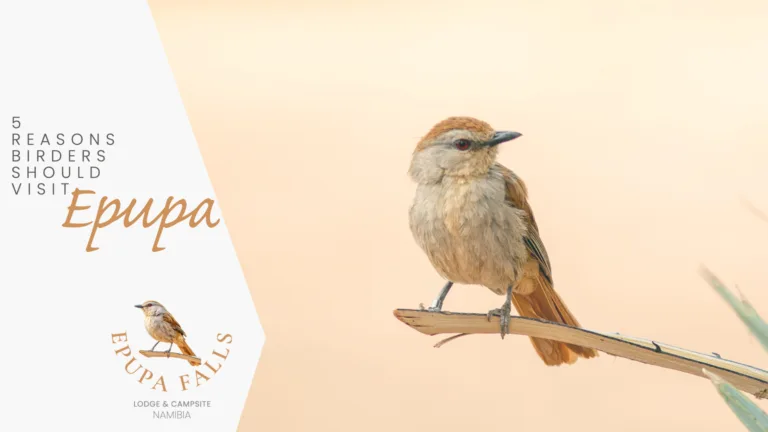
Epupa Falls is home to over 400 bird species, making it a paradise for bird watchers and bird photographers. Here are five reasons why you should visit Epupa.

When to visit Epupa Falls? We advise that you plan to travel between November and May and keep your plans flexible.
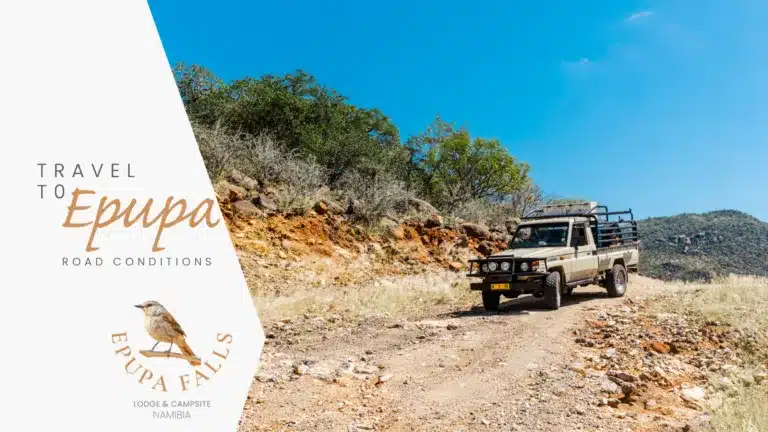
In today’s post we’ll look into Namibia’s seasons and how it affects the road conditions around Epupa. W’ll also tell you how and where you can stay up to date.